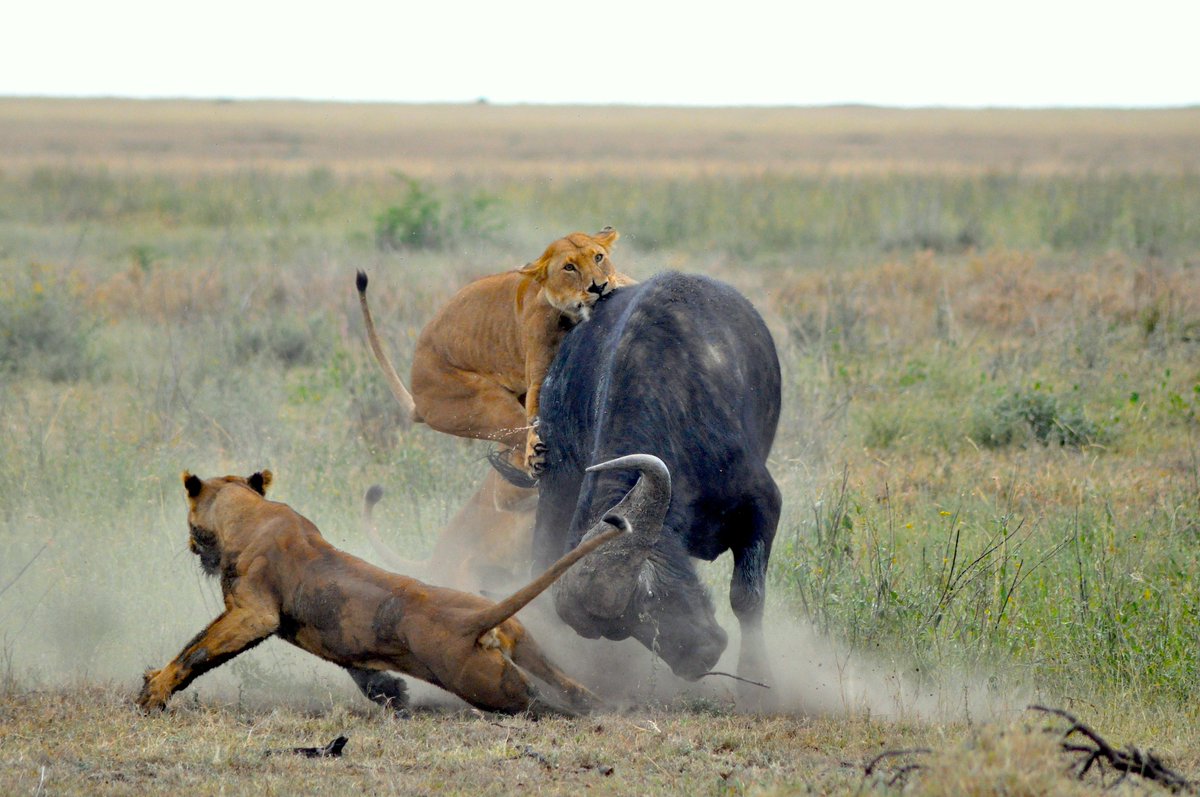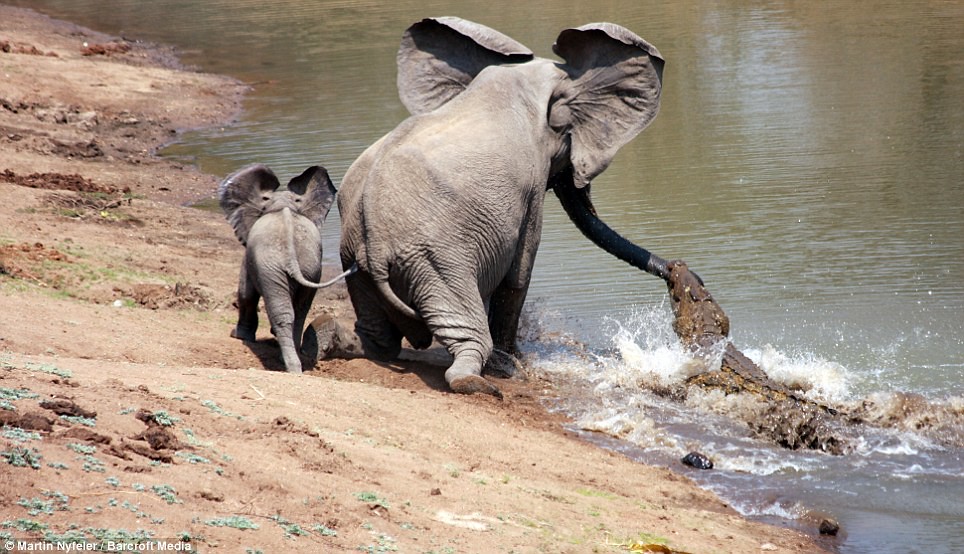November 3, 2015
The heads of the crocodiles that killed William Scott (left) and Lanh Van Tran (right) sat in the courtroom during the inquest.
CROCODILES
in Northern Australia are getting bigger, are “showing no fear” of
humans and are brazenly jumping at boats, according to inquest findings
of two fatal attacks.
One case is believed to be
the first time a crocodile has launched out of the water and killed
someone on a boat, by taking him in his jaws.The second involved a monster nicknamed ‘Michael Jackson’, who dragged a fisherman to his death by his outstretched arm. His wife gave traumatic evidence that he cried “Oh my god, I am dead” when he realised what was about to happen.
In the first attack examined by the inquest, 62-year-old Bill Scott was fishing with his wife Roslyn, son Aaron and friends on a Top End waterway in June 2014 when the unprecedented attack occurred.
Mr Scott was standing in his three-and-half-metre dinghy when a crocodile launched itself out of the water and locked its huge jaws around his left arm, shoulder and chest and dragged him into the water.
Mrs Scott was in the boat with him and told the inquest he had a “confused” look seconds before the attack — which is believed to be the first time a crocodile has attacked someone on a boat in the Territory.
The croc bumped into the boat first, causing Mr Scott to steady himself. But neither he or his wife could have predicted the horror that was about to unfold.
“This thing just came up from behind the motor and grabbed him And that was it,” Roslyn Scott said. “He was gone.”
Bill Scott was killed by a saltwater crocodile that launched out of the water and dragged him off the boat he was in.Source:Supplied
His body did float to the surface about 15 minutes later but it couldn’t be retrieved. Police and rangers later recovered his remains, counting an astonishing 23 crocodiles lurking nearby.
A large crocodile was shot the next day and its stomach was cut open. “Most of the deceased was located in the stomach of the crocodile, the only notable omissions being Bill’s left arm and clothing,” Gary Lindner, a veteran Kakadu Park Ranger, said in evidence.
The inquest, before Coroner Greg Cavanagh, also examined the death of a second fisherman, Lanh Van Tran, 57, who was attacked two months after Mr Scott on the banks of the Adelaide River.
Mr Van Tran saw his killer approaching but could do nothing to save himself.
He called out “Oh my god, I am dead” in Vietnamese just before he was dragged into the water by his left arm.
He had waded into three metres of mud that separated the water and riverbank to try and unsnag the fishing line when the crocodile struck.
Lanh Van Tran died in a horrifying crocodile attack. Picture: Nine newsSource:Supplied
The
4.5-metre half-albino crocodile locals called 'Michael Jackson' that
killed Mr Van Tran. Picture: Adelaide River Queen Cruises Source:Supplied
She then drove to a nearby property to get help.
The croc that killed Mr Van Tran was later identified as one dubbed “Michael Jackson” — a big animal known in the area for its distinctive albino head and popular with tourists. Rangers caught it later that night with a spotlight with a hand and part of an arm in its mouth.
His left leg was found in its stomach with the rest of Mr van Tran’s body discovered nearby.
In his recently released findings, Coroner Greg Cavanagh said the sizes of crocodiles had continued to increase, as their numbers flourished since they become protected in 1971.
One theory advanced at the inquest, that was supported by rangers called to give evidence, was that the crocodiles were gorging themselves on the feral animals in Kakadu.
That meant the danger was greater now than ever.
“What is different from any other time is that since protection in 1971 crocodiles have become familiar with humans and boats and generally have not developed the fear of humans that once existed when humans were also predators.”
Because most tinnies were about 3.5m they run the risk of “being dwarfed” by the larger crocodiles.
“The circumstances of the death of Mr Scott are a reminder that the risks of being taken from a boat by a crocodile have also increased.”
A
new crocodile safety sign has been erected at the track leading top the
fishing spot along the Adelaide River where Lanh Van Tran was taken.Source:News Corp Australia
The fishing spot on Adelaide River where Mr Van Tran was taken by a crocodile while trying to retrieve his fishing line.Source:News Corp Australia
“The next night the Rangers re-enacted the scene and a 4 metre crocodile came straight up the river to their boat. It showed no fear. They harpooned it,” the coroner said.
During the inquest three rangers — Garry Lindner, Calvin Murakami and Fred Hunter — gave evidence of dealing with crocodiles in the Northern Territory.
Their evidence could be summarised as; a big crocodile is a smart crocodile; if there are crocodiles in the area you will be observed by them (even if you can’t see them), and many crocodiles no longer see humans as a threat;
“The simple fact is that crocodiles are able to propel themselves from the water to take hold of their prey. Where that is from the water’s edge on land the dangers are relatively well known. However the dangers when in a boat seem not to have been well recognised as similar.”
The Parks and Wildlife Commission of the Northern Territory (PWCNT) has recorded instances of crocodiles “launching at, nudging, banging, and in some instances, biting at boats.”
The inquest heard that some waterway users were already putting safety railings on their boats before Mr Scott’s death. The process has sped up since then, including on vessels belonging to the water police who described the death as a “wake up call”.
Mr Cavanagh recommended warnings should now include the message “saltwater crocodiles can attack people in boats and the smaller the boat the greater the risk”.
He recommended PWCNT consider a greater emphasis on the hidden dangers, as both Mr Scott and Mr Van Tran had been killed by lurking crocodiles,
According to the ABC, PWCNT chief executive Andrew Bridges responded to the findings by agreeing there could be more emphasis on the hidden dangers.
He said the PWCNT would act on the findings, including to inform the public of the importance of the stability and the size of a boat.

 neatorama @neatorama
neatorama @neatorama 







